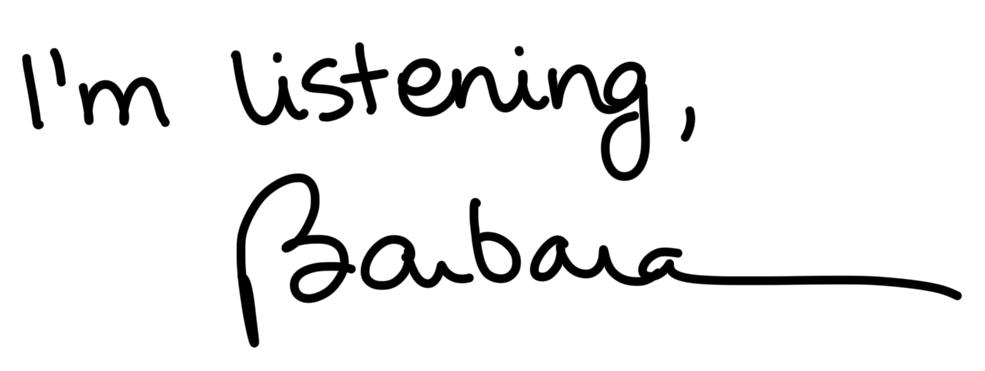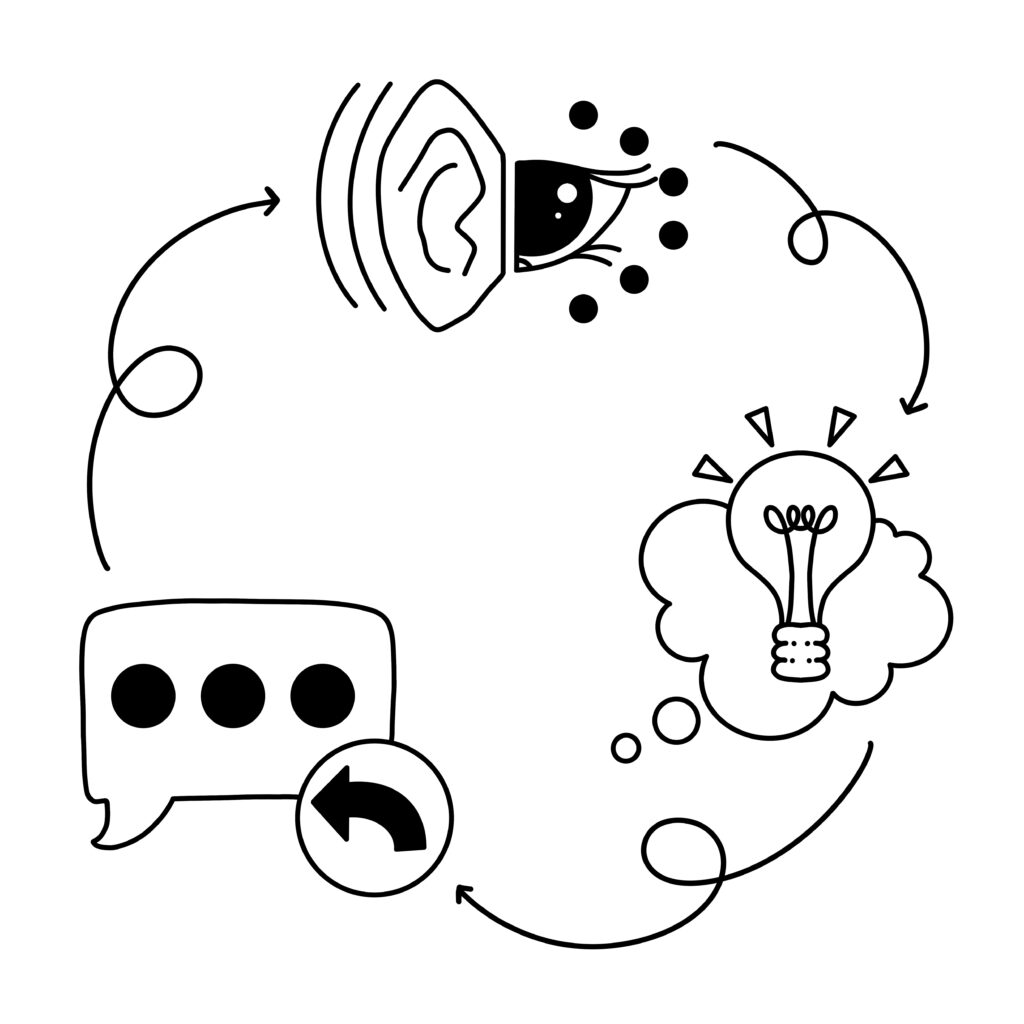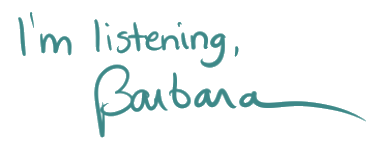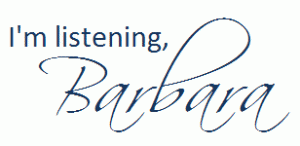
The Robots Are Here. Now What?
Let’s be honest: education looks a lot different than it did even a couple of years ago. Tools like ChatGPT, AI writing assistants, and automated grading systems are popping up in classrooms everywhere—from high schools to graduate seminars. Whether we’re ready or not, artificial intelligence is now part of how we teach, how we give feedback, and how students ask for help.
But here’s the question that’s been gnawing on me: Are we still listening to our students? I mean really listening—not just skimming data dashboards or glancing at AI-generated summaries.
This post isn’t about banning AI or pretending it doesn’t exist (spoiler: it’s not going anywhere). Instead, it’s about exploring how we can stay grounded in human connection—especially as machines start playing a bigger role in our communication with students.
Fast Feedback Isn’t the Same as Feeling Heard
One of AI’s biggest selling points is speed. Feedback that used to take a few days can now happen in seconds. According to a 2024 UNESCO report, automated grading and assessment are the most common uses of AI in education today. Efficient? Yes. But also a little… robotic?
In a recent piece from Central Michigan University, students said AI-generated feedback often felt generic or impersonal. In fact, one of my students once told me (about another faculty member): “It was like my paper was graded by a robot—because it probably was.”
That hit me. I love a good rubric, but I also know that thoughtful, nuanced feedback—especially when it’s written with a student’s voice in mind—can be the spark that helps them grow. If all our comments sound the same, how can students tell we’re paying attention to them?
Office Hours Are Getting Quiet
In an August 2023 article from The Chronicle of Higher Education, one student shared that they’ve basically stopped going to office hours. Why? Because ChatGPT can answer their questions faster.
I get it. We’re all juggling a lot. But that convenience comes with a cost. Office hours aren’t just about explaining course material—they’re about building trust, showing up, and offering a space where students feel seen and supported. When students skip the conversation, they might get an answer, but they miss out on a relationship.
When the Data Gets It Wrong
Let’s talk about classroom dashboards for a minute. They can be helpful—especially for tracking attendance or identifying students who might be falling behind. But they’re not always accurate.
One student told EdSurge that a platform flagged them as disengaged during class. In reality? They were just quiet. Thinking. Processing. Not every student raises their hand or dominates the discussion—and that doesn’t mean they’re not tuned in.
And in an article from Fast Company, students who were falsely accused of using AI said they felt completely ignored during the process. One said, “I was talked at, not listened to.” That stings. When students feel judged without being heard, trust erodes fast—and rebuilding it takes time.
4 Ways to Keep Listening (Even When AI Is in the Room)
So, how do we stay connected in a world where bots are part of the learning experience? I don’t have all the answers, but here are a few strategies that have worked for me—and that might help you, too.
1. Check In After the Bot Checks Out
If you’re using AI to give feedback, try following up with a quick one-on-one. A simple, “How did that feedback feel?” opens the door for reflection—and reminds the student there’s a real person on the other end.
2. Build Listening Into the Routine
Create a “tech-free” time during the week—just a few minutes for students to share how things are going. You’d be amazed what they’ll tell you when the devices are down and the room feels safe.
3. Ask Students to Reflect on the Feedback They Receive
I’ve started giving prompts like, “What did you agree with in your feedback? What surprised you?” It helps students slow down and think critically about the input they’re getting—whether it came from me or a machine.
4. Believe Them First
This one’s big. If a student says, “I didn’t use AI,” and you believe them, say so. In that Fast Company article, students talked about feeling guilty until proven innocent. Our first response matters. Listening doesn’t mean agreeing blindly—it means giving them the dignity of being heard.
Let’s Keep the Conversation Human
I’m not anti-AI. I’ve used ChatGPT to brainstorm ideas and help me organize materials for a course. I’ve seen students light up when an AI tool helps them articulate something they’ve struggled to say. But I also believe that no matter how smart our tools get, they can’t replace the power of a genuine, present, empathetic conversation.
Listening is our superpower. Let’s not let it get automated away.
I’d love to hear your thoughts—how are you navigating the intersection of AI and student communication? Let’s keep the conversation going.
Want more resources or interested in becoming part of a community that cares deeply about listening? Visit the International Listening Association at www.listen.org.












